How to Design a Faux Roman Shade
Hi friends! Thanks for popping in to check out my tips on how to design a faux roman shade! Before I get started, let me preface this by saying that I do not sew and that I’m coming at this from the standpoint of a designer that on many occasions has had to give all of the details of how I want my window treatments made to the person or work room that will be making them for me. Sometimes we want to have things done in our home thinking the person that we’re hiring to do them can read our minds and will know exactly what to do when that is most often not the case! Of course that person is in the trade and knows how to create or construct what you are looking to have done but, they mostly likely will need things from you like measurements and other very important details that you may not have yet thought about. And that’s why I’m here today sharing all of my secrets on how to design a faux roman shade with you so you’ll know what to tell your seamstress the next time (or 1st time) you would like to have custom treatments made for your home! I also have a tip filled post on designing custom curtains and how to know when to use what style curtain for any room. You can catch that HERE.
Window treatments truly are the jewelry to a room and can finish off a room or home like no other design element in my opinion (well, besides maybe fresh flowers of course:). Honestly, I can’t even imagine any space in my home without them but that’s just how I roll and you may feel differently and I totally get that! I may even scale back a bit in my next home but I can’t get around how much they can transform a room by taking it to a completely new level. With window treatments, the cozy factor in a room can go through the roof and even if it is just white panels or a white roman shade, they can dress the window and finish off a space like nothing else.
A lot of the time we have situations where we don’t want long curtains or something fussy in the room so a faux roman shade might just be the best medicine for these type scenarios. An example of this is here in my bathroom where obviously you wouldn’t wan to hang full length panels above the counter top but at the same time, a traditional roman shade is not necessary because the glass is obscured and there is no need to block the light. So, by doing a faux roman shade (vs. a traditional working roman shade) I saved a ton of money on fabric and labor but was still able to dress my windows and subsequently the space all at the same time (for a full tour of this room go HERE).
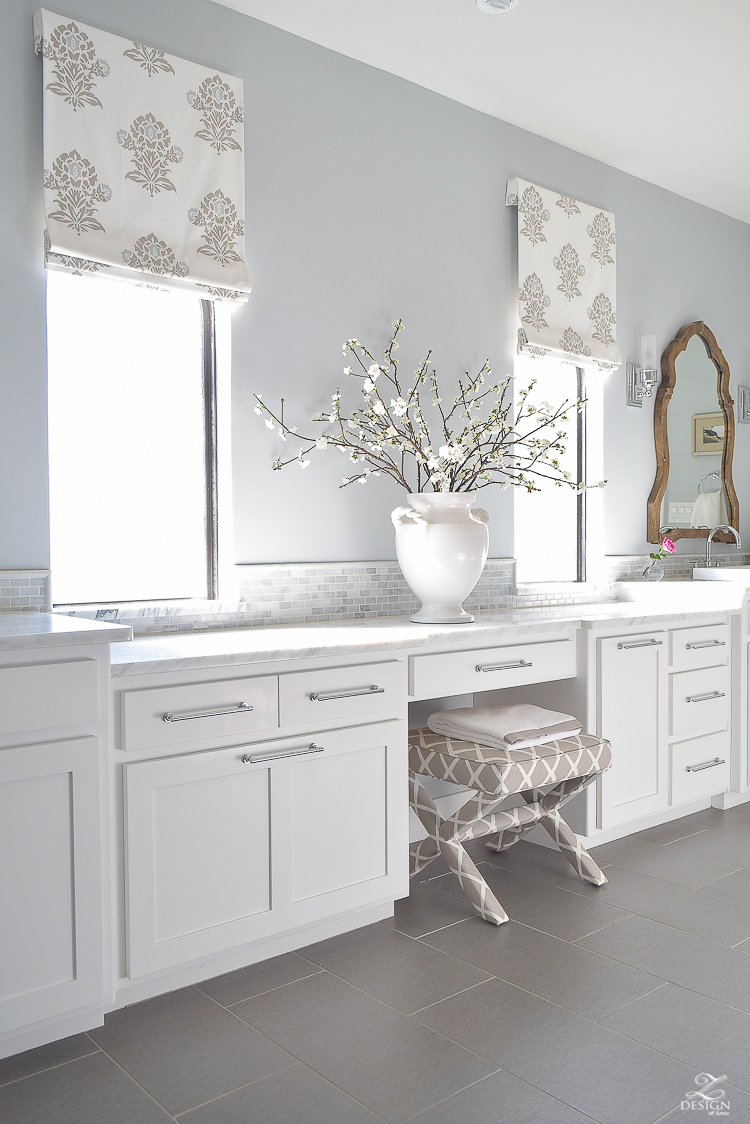
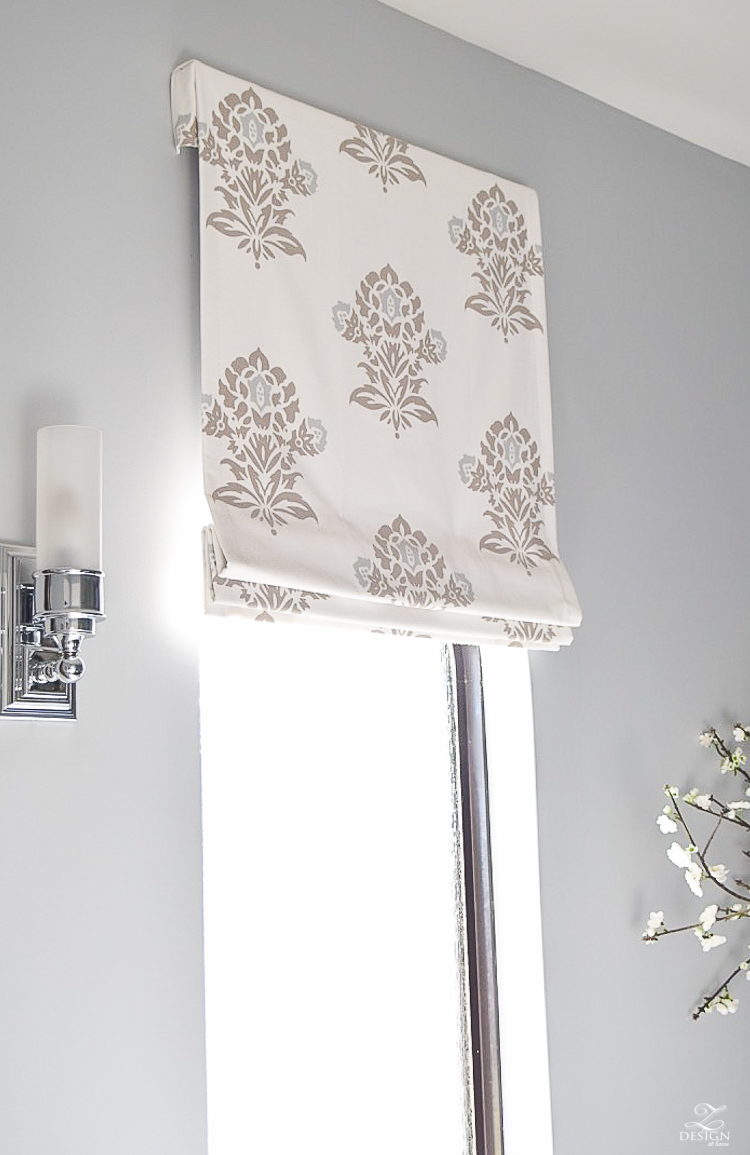
Shop the Look
Here are a few examples of times when using a faux roman shade vs. curtains or a working roman shade would be most practical:
- Over a kitchen sink
- Over a tub and/or in a bathroom w/ obscured glass
- In addition to a working roman shade to add height to the room by hanging it above the window to draw the eye up
Examples of other areas when there is no need to block light or sight:
- In an alcove with windows
- In a hall way or small entry way
- In a playroom
- Windows up high over a counter top (like in my bathroom)
- In a powder room (or other small bathroom) with a small window
- In a laundry room (yes, the laundry room deserves just as much attention and the rest of your home:)
Now to get on to how to know what specs to use when designing a roman shade. Here is a pretty comprehensive list of what you will need to tell your seamstress so that he/she can make the perfect faux roman shade for your project:
First you will need to determine the measurements of your window and decide whether you would like the faux roman shade to hang inside or outside of the window. The reason this is important is because this may effect the type and size of board your seamstress uses to attach the fabric to. I always like to hang mine above the window to lift your eye up, plus I feel like this method just over all dresses the window better…it looks the most polished to me. Here is a quick look at the faux roman shade in my kitchen made by the talented people over at Drawn Company (found HERE):
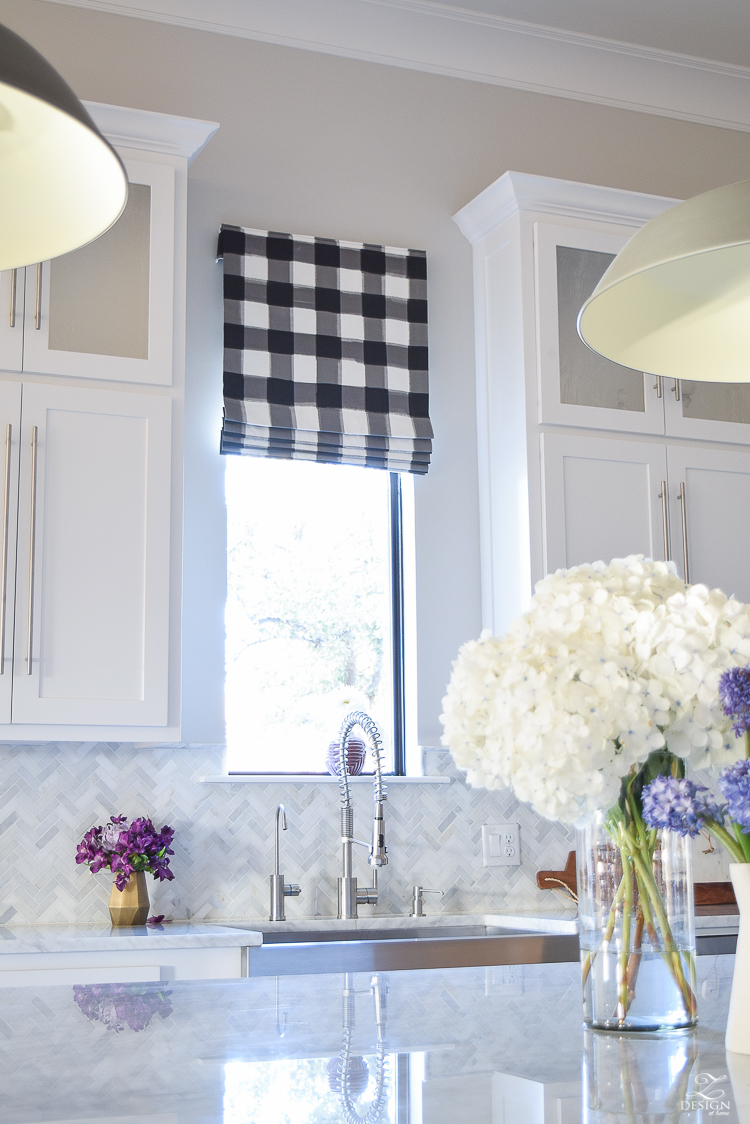
Next, you will need to determine the following things and relay this information to the person making your shade:

- Width (how wide you want the finished shade to be) – I always like to come out from the window no less than 1″ on each side so generally speaking you will need to add 2″ to the overall width of the window width to come to your finished shade width.
- Length (how long you want it to be from the very top to the bottom of the folds) – This one is tricky because this item is generally determined on a case by case basis. You may need an additional hand for this one but I typically have my husband to stand on a ladder and hold up a measuring tape (sorry I don’t have a photo of this) to help me determine the height. Generally speaking though, you will want your finished length to be anywhere from 30 to 50% of the window height. Again, this all depends on how high you want to hang it and how much of the top of the window you want to cover. I like to hang mine no less than 5″ above if I have the space and I like for it to cover the top and sides of the window frame well enough that you can’t see the inside of the top of the window.
- Board Size – This is the board the fabric will be attached to and your seamstress will be able to determine this detail based on items 1 & 2, plus based on whether or not you will be hanging it inside or outside the window jamb. Typically a 1 x 2 or a 1 x 4 board is used depending on the application mentioned previously. Another application is to use a rod but this is not preferred in my opinion for the best look.
- Side Flaps – This is important so that you can’t see under the finished shade from the sides once hung, plus this detail is a nice finishing piece. These should be made out of the same fabric as the shade fabric and I typically have mine made 3 to 3.5″ long (see image below) with the width being determined by the board size. If my shade is exceptionally long due to tall windows I may add 1″.
- Fabric Folds – Folds are just that…they are fabric folds at the bottom of your shade. This item is used to dress up the shade so that the bottom doesn’t come to an abrupt, awkward stop but they can also be used to lengthen or shorten the shade by letting out or taking up the folds (see image below). The folds can also make your shade appear as though it’s a real working shade vs. a faux shade. I typically like to have 3 to 5 folds in the bottom of mine depending on the length of the shade. A shorter shade obviously would warrant less folds and a longer shade would warrant more. You will need to determine this part based on the length of your shade and/or your seamstress should be able to help you determine this part.
- Weighted Rod – having a weighted rod in the bottom fold of fabric can serve to add enough weight to the bottom so that your shade hangs nice, neat, and straight. This part may or may not be necessary depending on the weight of your fabric and this also more than likely can be determined by your seamstress.
- Lining – If you are hanging your faux roman shade over a window that has a lot of light or direct sunlight coming in then I would strongly suggest using a blackout liner so that your pattern doesn’t get lost with the sun coming through the window. A blackout liner will also serve to protect your fabric from fading, etc. If you are not concerned at all about the sun coming in then by all means still have it lined but you can do a regular liner if you wish.
- Cording – Some of my faux roman shades have cording up top and some do not but it’s definitely a nice finishing touch that you may or may not want to add (see image below).
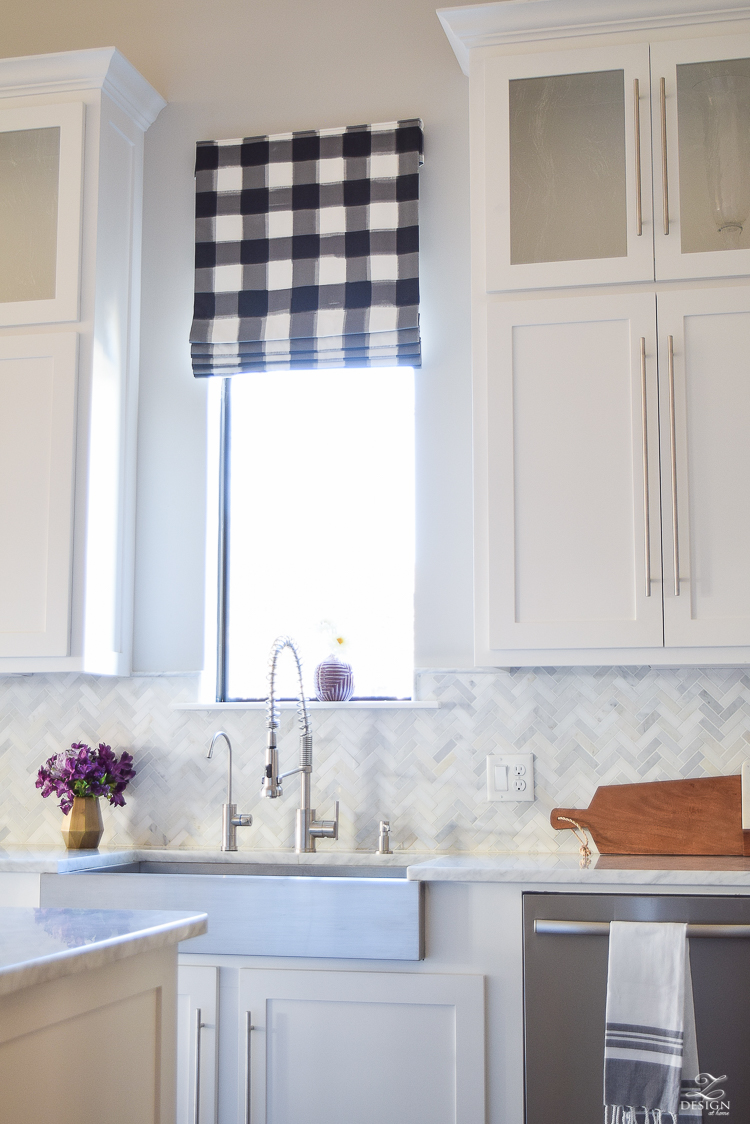
Shop the Look

- Measure your window for width (you may need to allow for moulding in some cases but the same rules with or without)
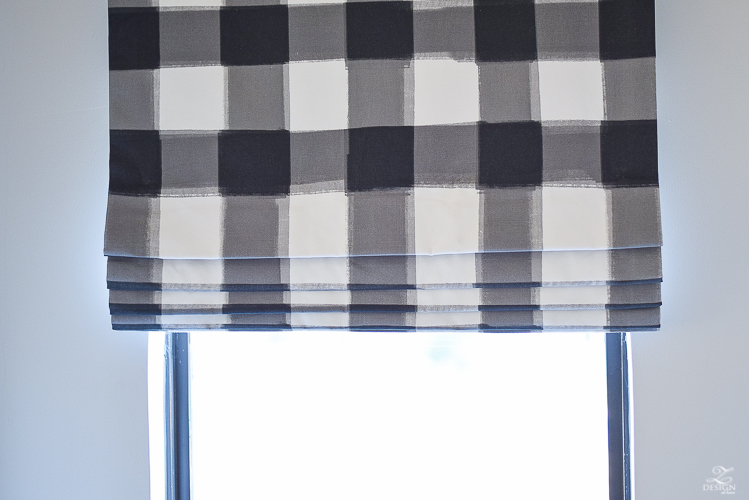
2. Determine your length
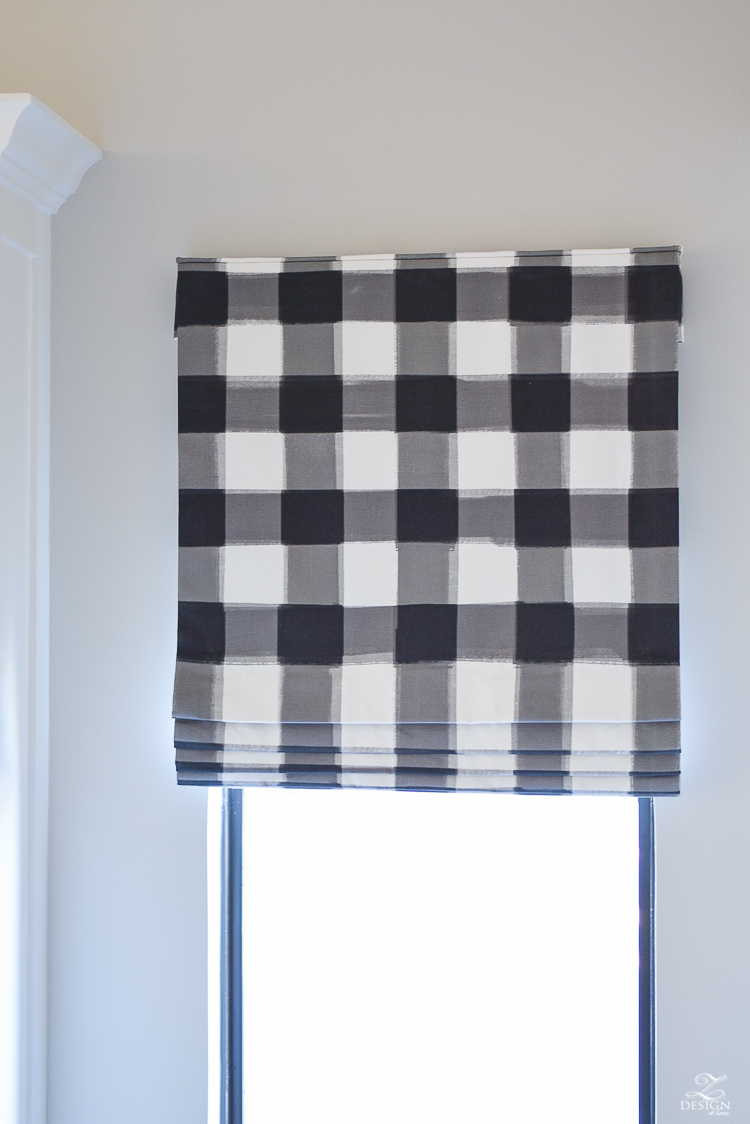
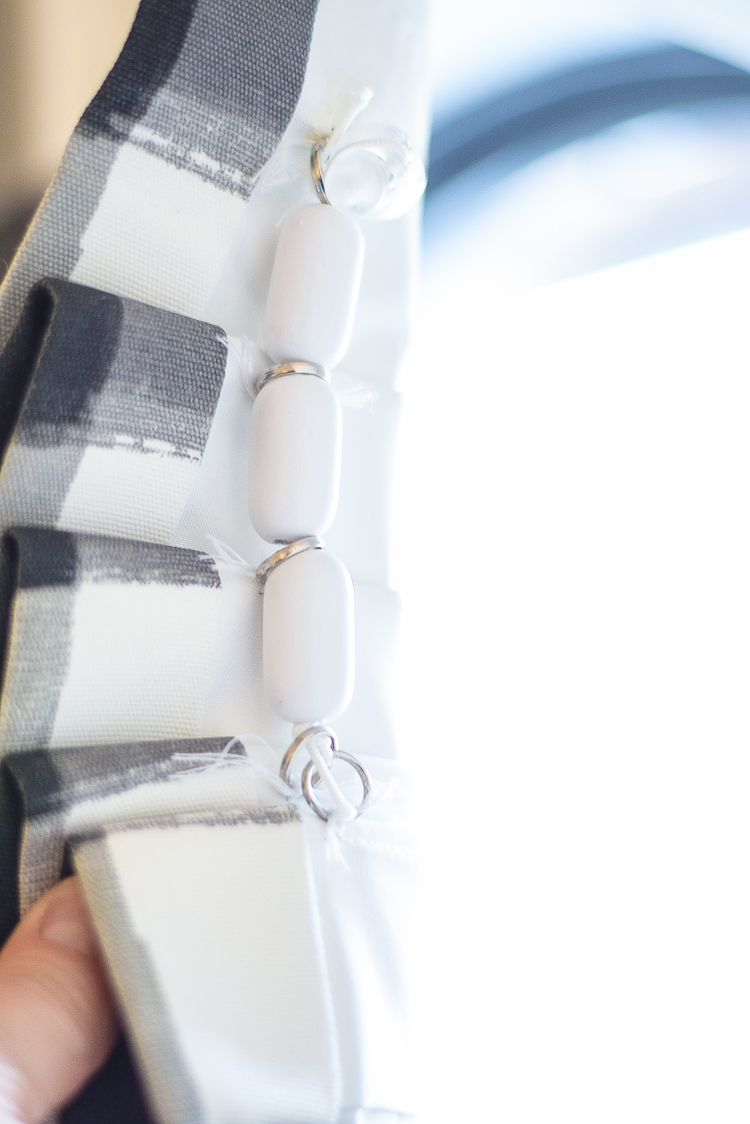
3 & 4. Board size and side flaps
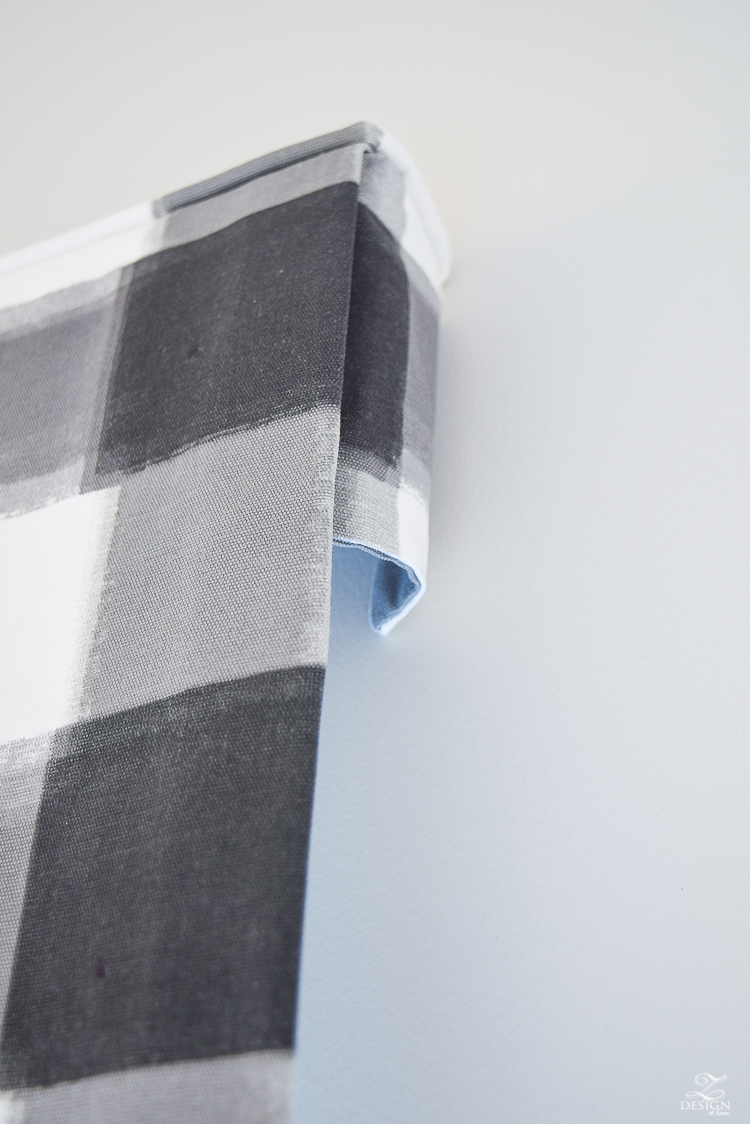
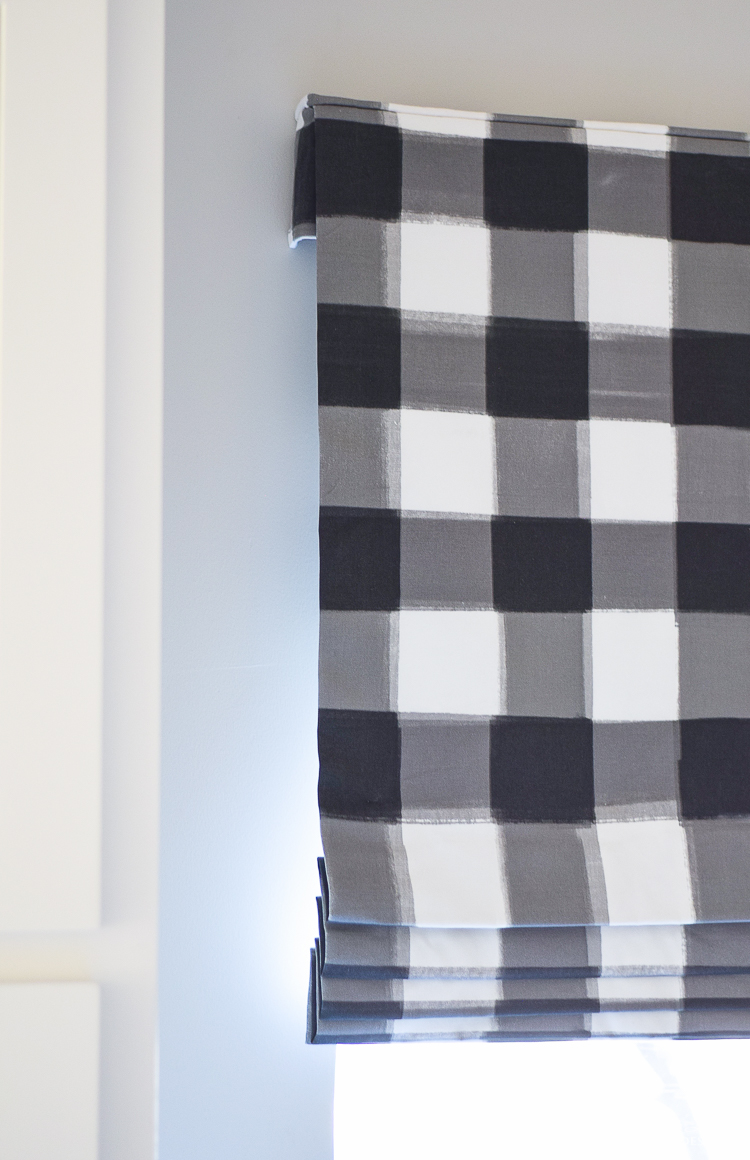
5 & 6. Folds and Weighted Rod
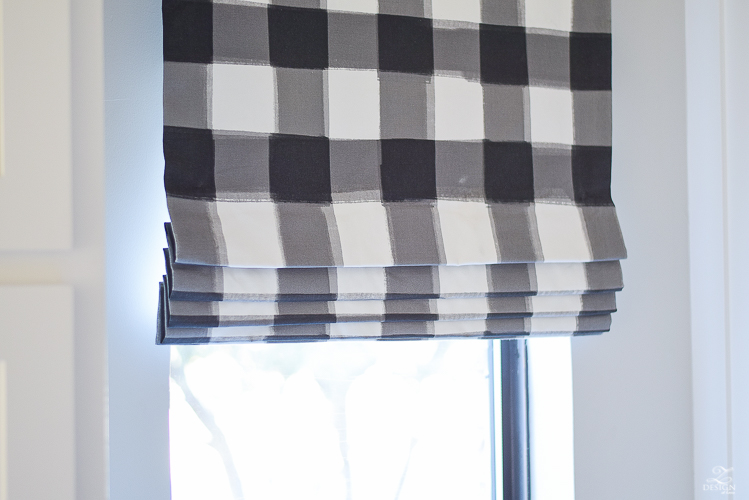
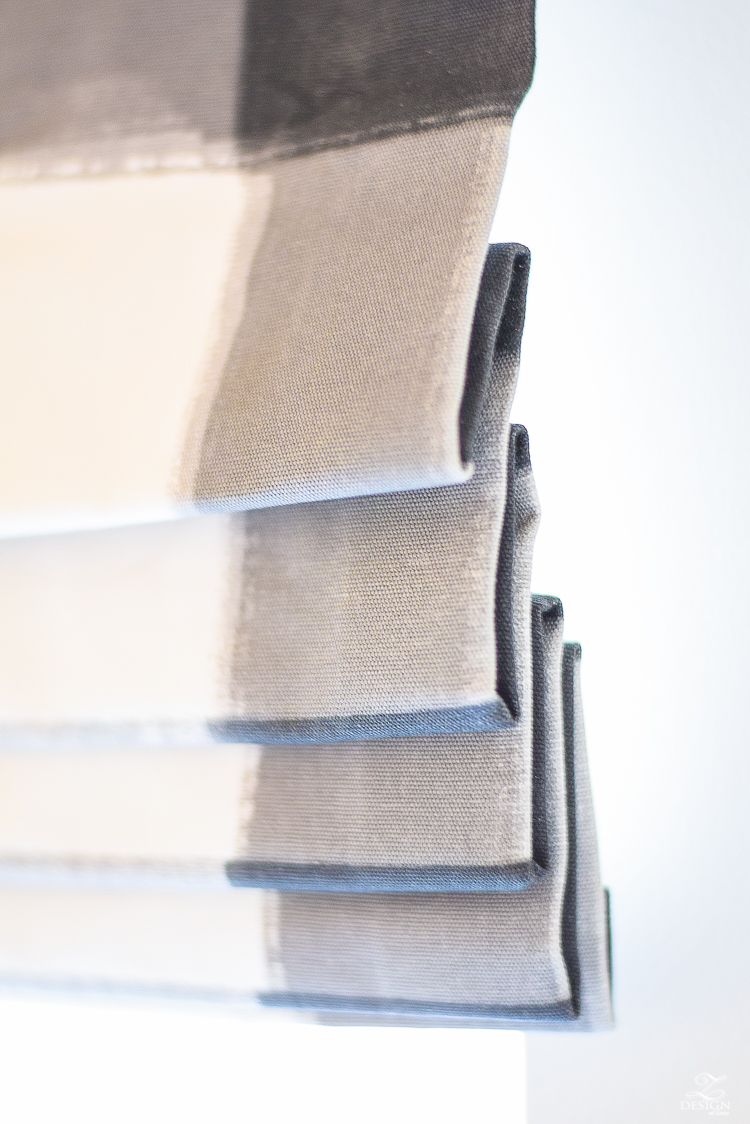
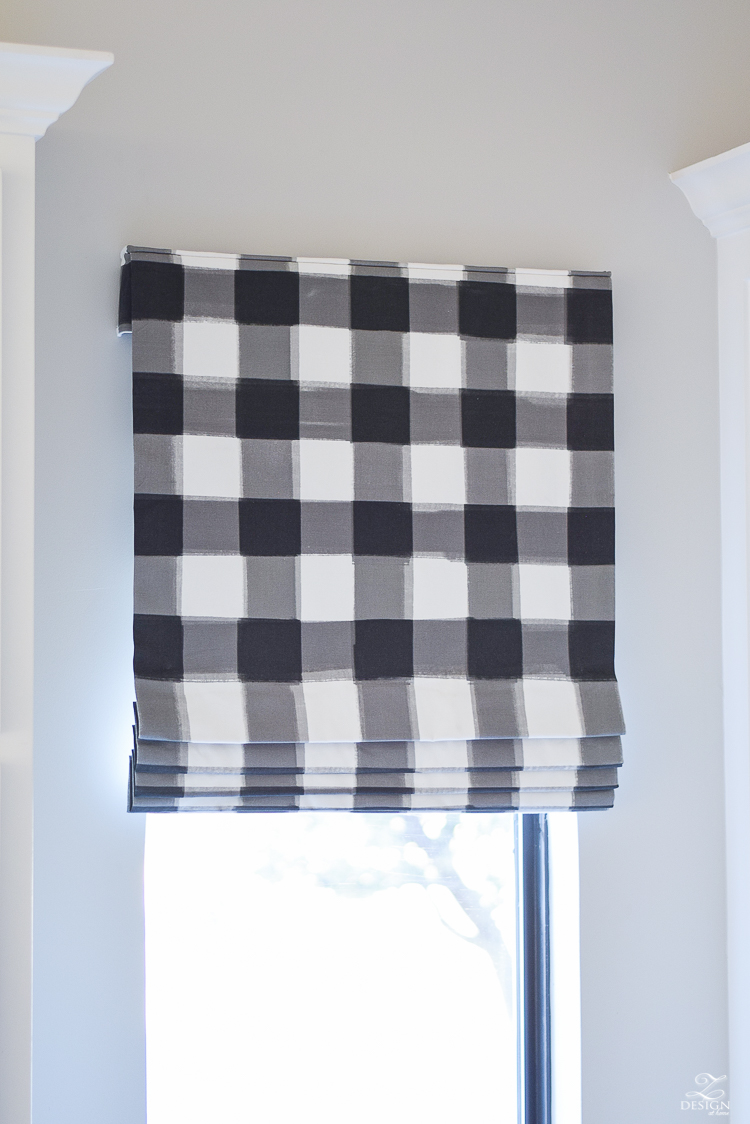
7 & 8 Lining and Cording
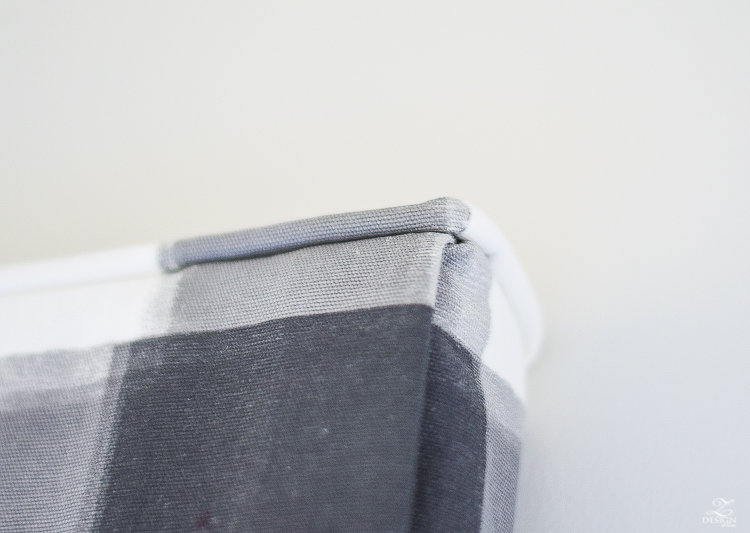
You can find a listing for this shade pictured HERE however you may have to purchase your own fabric separately. All details of your specific shade will be worked out via the instructions in the aforementioned link.
Click the image to Shop
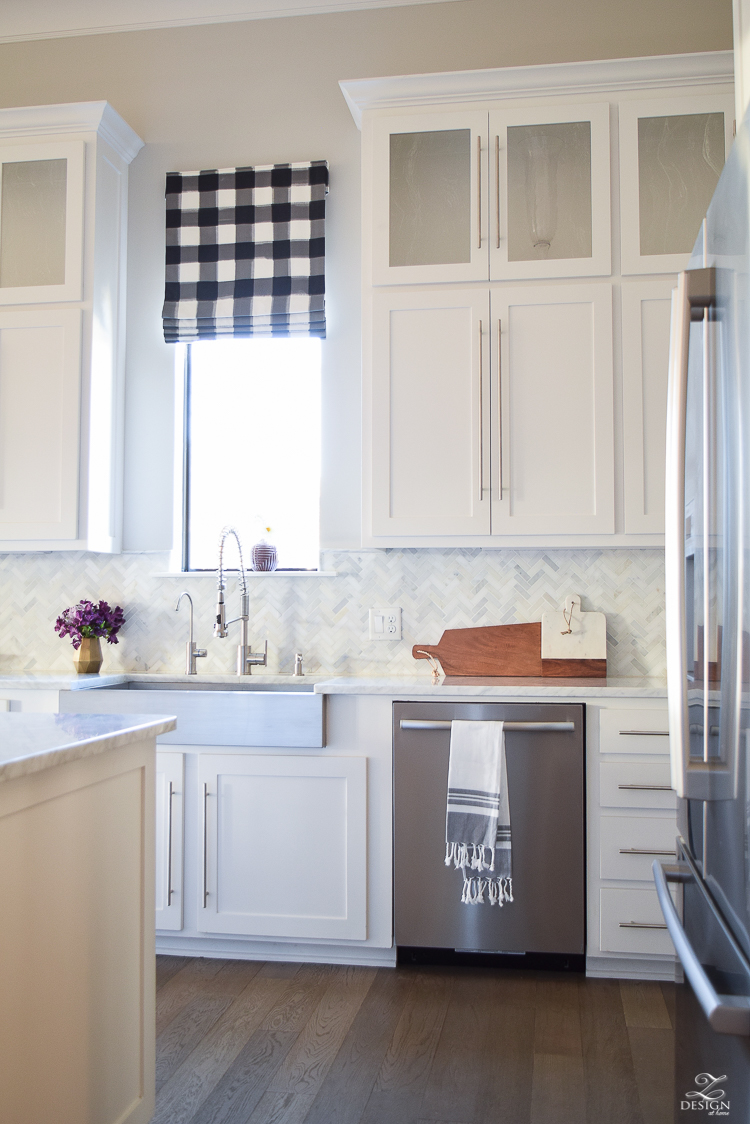

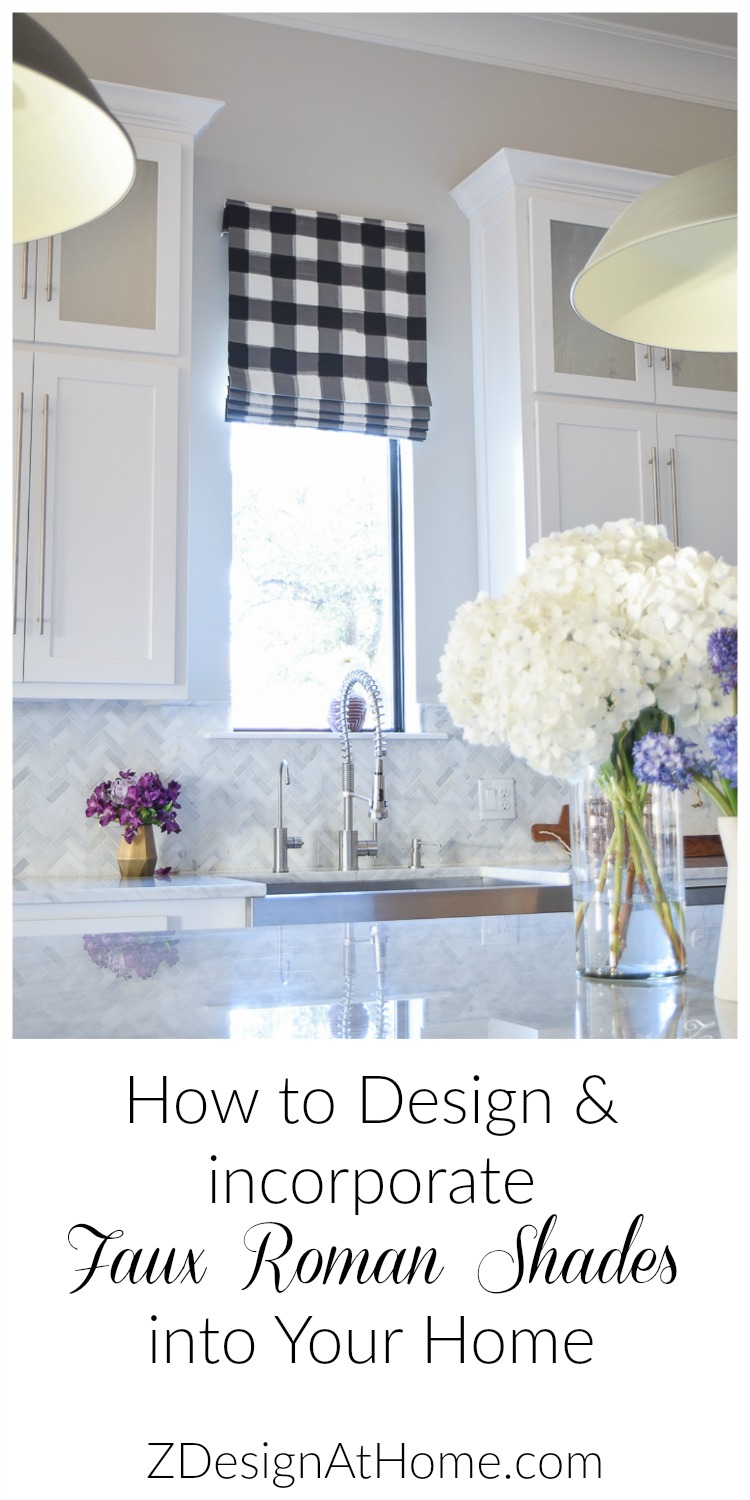
And lastly, if you are not up for having one custom made and want to look for readily available options, there are some great over the counter options these days for working and faux roman shades. You can always leave a working roman shade in position (I have this scenario in my home too in my guest room) and it serves the same purpose to dress up the window but the bonus here will be that it is operable if you ever need that function. Here are a few nice ones I’ve been able to source around the web…some are custom and some are working roman shades with a few that are faux (faux over the counter are hard to find so these are custom)
(affiliate links used…click image to shop).
I hope this post has been helpful but if you have anything to add to the conversation please leave a message in the comments section below. Please leave your questions below as well!



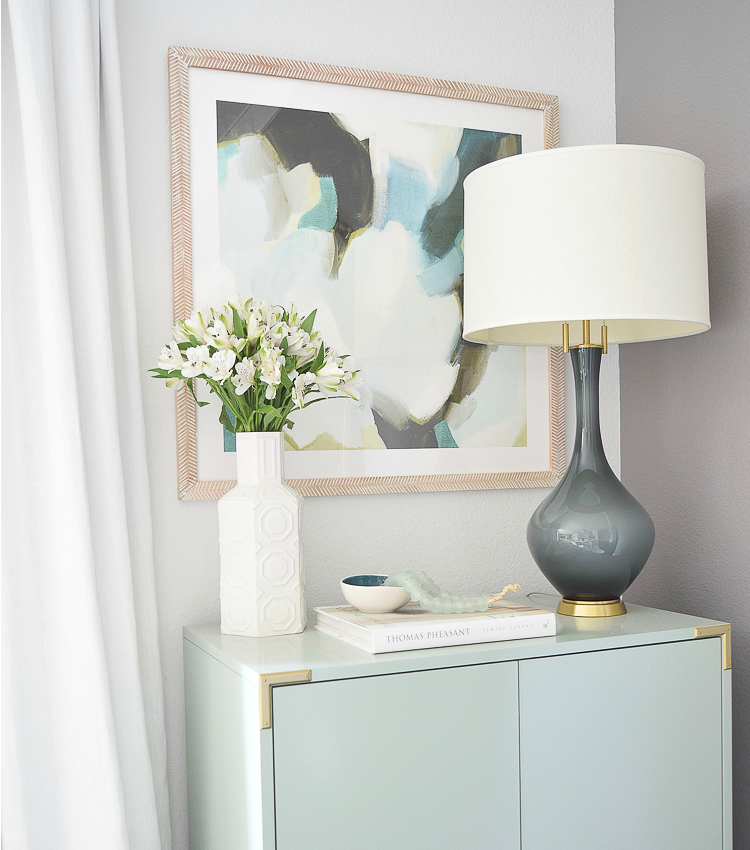
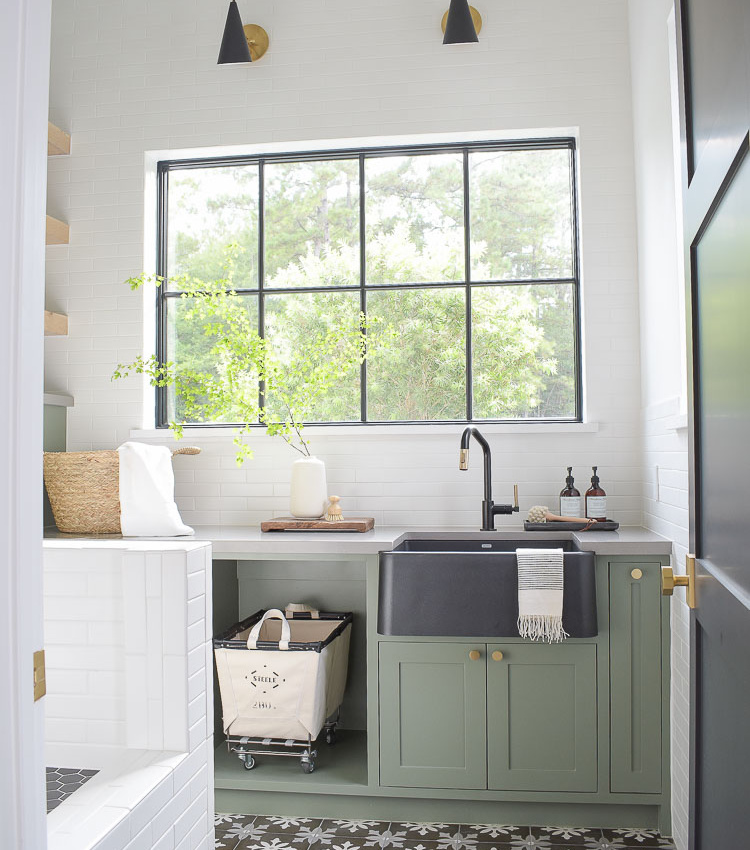
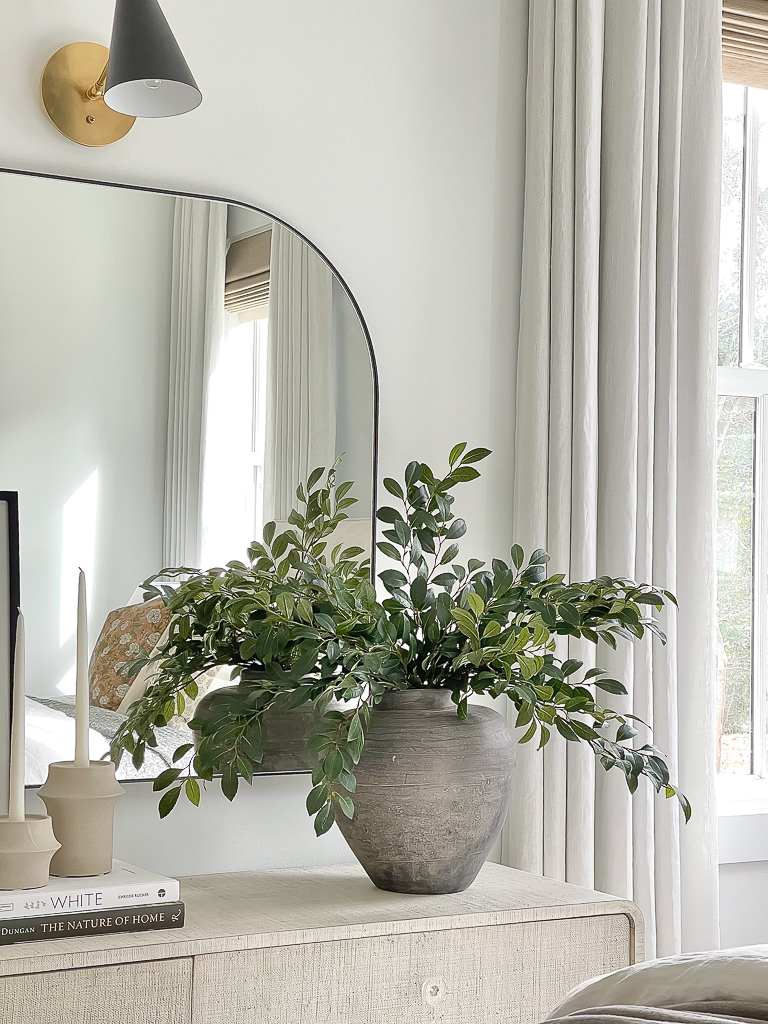
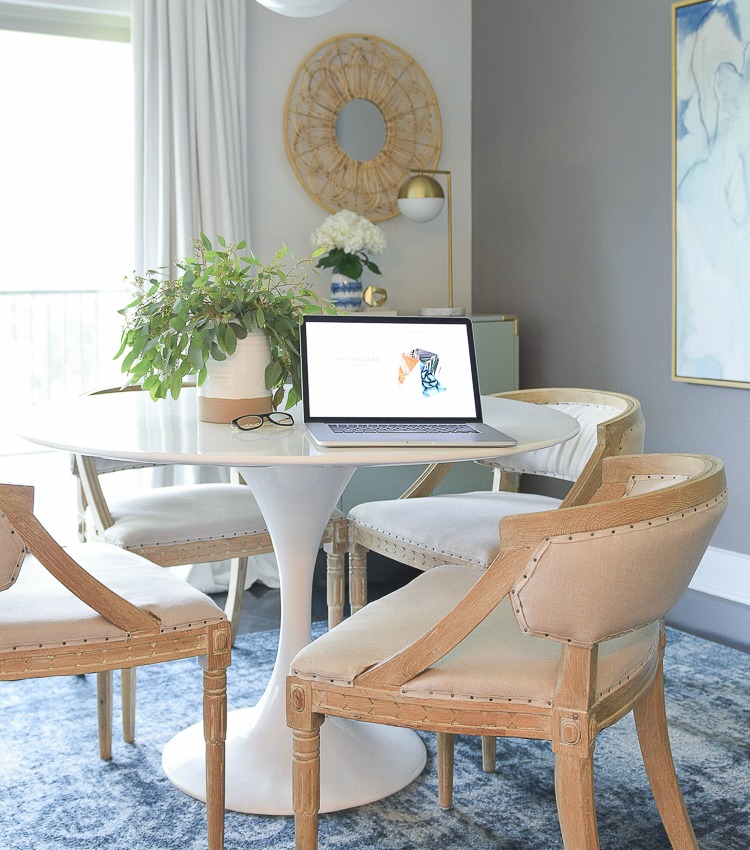
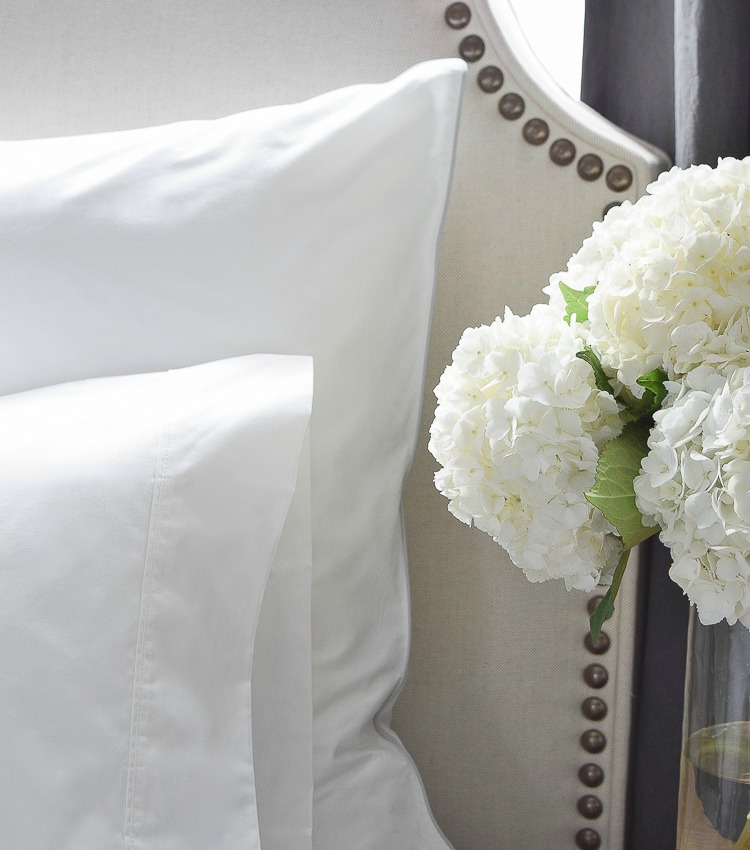
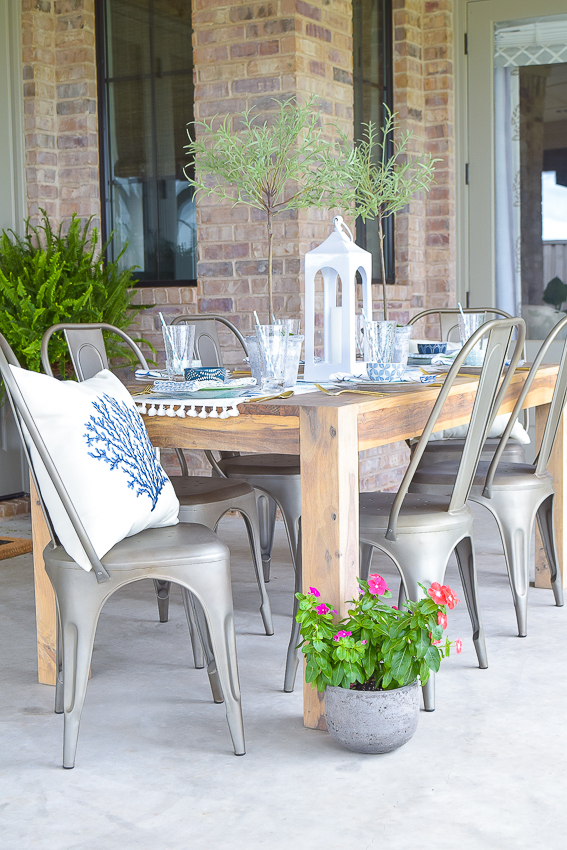
Love this! I am always looking for good window treatment ideas. I have been sticking too close to long drapes and need to branch out!
Hi Emilie! Thanks for stopping in and I’m glad you like it!! Take care! Xo
Great article Bree! Love your new roman shade in the kitchen!!! xo
Thank you Randi!!! You are so sweet to stop by and catch up and I’m doing the same with your blog tonight!! Hugs!! Xoxo
I really love this blog. I am in the process of remodeling a large house in Palm Beach Florida, and I look forward each week to your design tips.
Thank you so much, April!! I am so glad you find things around here helpful! Best of luck with your reno and thanks for following along! Xo
Bree, your window treatments are unparalleled! I’m looking to incoropriate more Roman shades in my home too. And, where we have total privacy, take down some of my bleh blinds 😉 Thanks for the gorgeous inspiration~